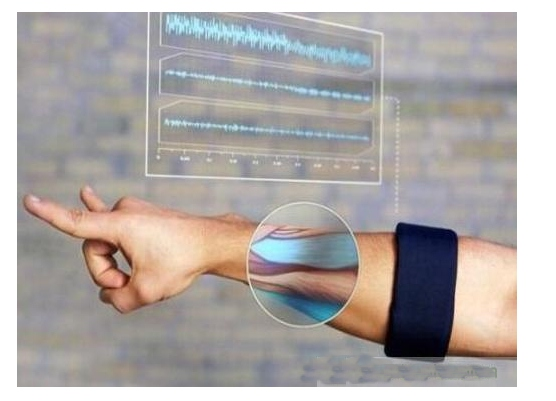With the rapid development of the automotive industry, especially the rapid development of new energy vehicles
(including hybrid, pure electric, and hydrogen energy) in recent years, the automotive industry has demand for lightweight, integrated, miniaturized, and electrified
auto parts Also increasing day by day.
Plastic is an indispensable material in the
automotive field and its process and performance requirements are increasingly
becoming everyone's attention. At the same time, higher requirements are also
placed on the R&D capabilities and rapid response capabilities of the material
suppliers.
Miniaturization of turbocharged engines
requires high-temperature resistance of plastic materials
The latest development trend of internal
combustion engines is miniaturization and intake supercharging (that is,
turbocharged high). The huge benefits brought by these two technologies are a
significant reduction in fuel consumption, an increase in engine power, and a
reduction in overall engine mass. For example, The two-piece structure design
of the previous engine intake manifold has been changed to an intake manifold
with an integrated intercooler.
This design puts forward higher
requirements for the high-temperature resistance and high strength of the
material. It needs to withstand high temperatures of 190°C and 230°C for a long
time and has excellent strength.
Electrification requires low precipitation
and neutrality of plastic materials
As more sensors have been placed in various
positions of the vehicle, the integration of electrification continues to
improve, and the requirements for materials of this electrified equipment are
more stringent than before, such as low precipitation (not to block the oil
circuit of the capillary structure), Electrically neutral (not to cause a short the circuit in the circuit), materials need to meet the requirements of relevant
laws and regulations (not to contain prohibited substances), etc.
Polyamide (nylon) materials are widely used
in the automotive industry for their excellent mechanical strength and
long-term heat resistance. Its heat resistance is related to the heat
stabilizer. Common heat-resistant stabilizers include metal salts (such as
copper iodide/copper halide, metal stearate, etc.) and aromatic amines (such as
aniline substances, etc.). With the increasing awareness of environmental
protection, some of these heat-resistant stabilizers have been banned by
relevant regulations due to their side effects. For example, the latest EU
regulations strictly control N, N'-diphenyl-p-phenylenediamine (DPPD) substances
.
New energy vehicle requirements for flame
retardant properties of plastic materials
With the rapid development of new energy
vehicles (including hybrid, pure electric, and hydrogen energy), related
standards for parts and materials in this field are also rapidly refined, for
example, requirements for different flame retardant systems, flame retardant
systems Cover roughly 5 types, namely: halogen flame retardant, nitrogen flame
retardant, inorganic flame retardant, phosphorus flame retardant and
nitrogen-phosphorus synergistic flame retardant; among them, the flame the retardant mechanism is divided into gas phase flame retardant and corrosive"
Carbonized" flame retardant, such as red phosphorus, inorganic flame
retardant, etc.
Different flame-retardant systems have
different flame-retardant effects, and at the same time have obvious changes in
the physical properties of the material (such as density, rigidity, and
toughness). So how to choose a flame-retardant system to match the
flame-retardant effect and mechanical strength requirements of the components
is a very complicated problem that must be solved.
New energy vehicle requirements for thermal
aging stability of materials
In the high-voltage parts of new energy
vehicles, according to regulatory requirements, bright orange materials are
required to mark the relevant parts as high-voltage areas. The components in
the high-voltage area tend to continue to heat up after the current is
connected. Therefore, most vehicle manufacturers also put forward related
thermal aging stability requirements for orange materials. For example, after
90℃+1000h thermal aging, the color change of RAL2003 shall not exceed
Darker orange such as RAL2008, RAL2009.
In the future automotive industry,
lightweight and weight reduction, electrification, high transmission
efficiency and miniaturization of turbocharged engines will surely become a
whole and become the indicators for the development and verification of most
highly integrated auto parts. . Material manufacturers also need to actively
respond to the market and improve material performance to meet the new
requirements of the automotive industry.












